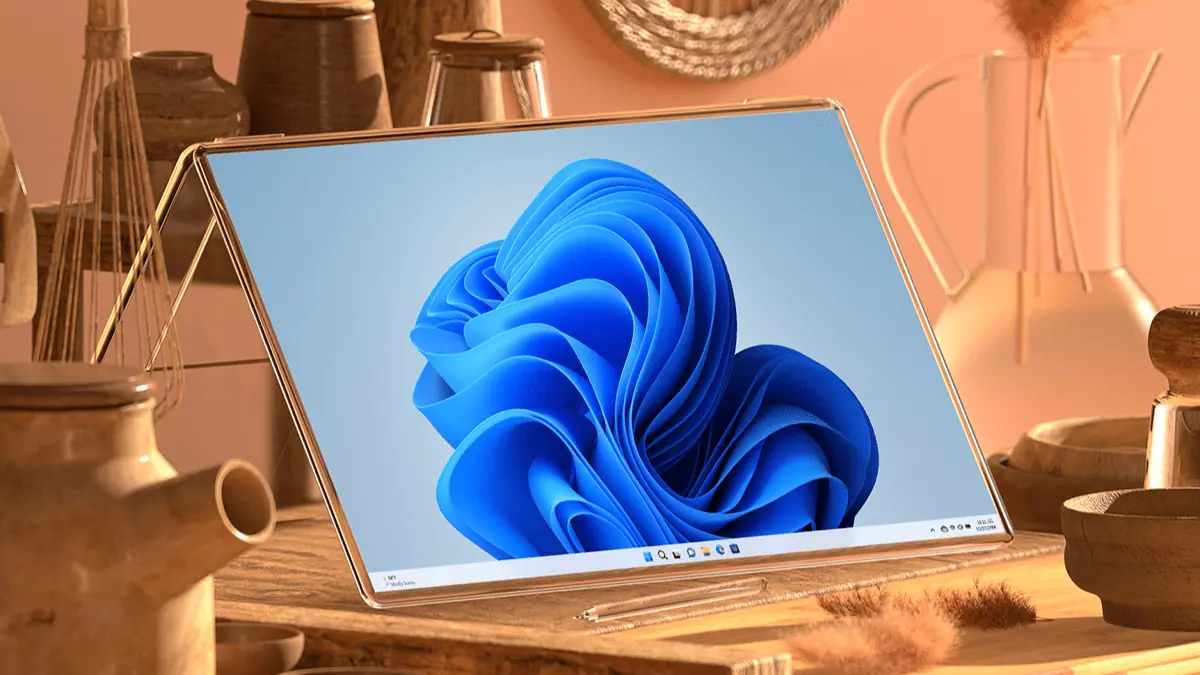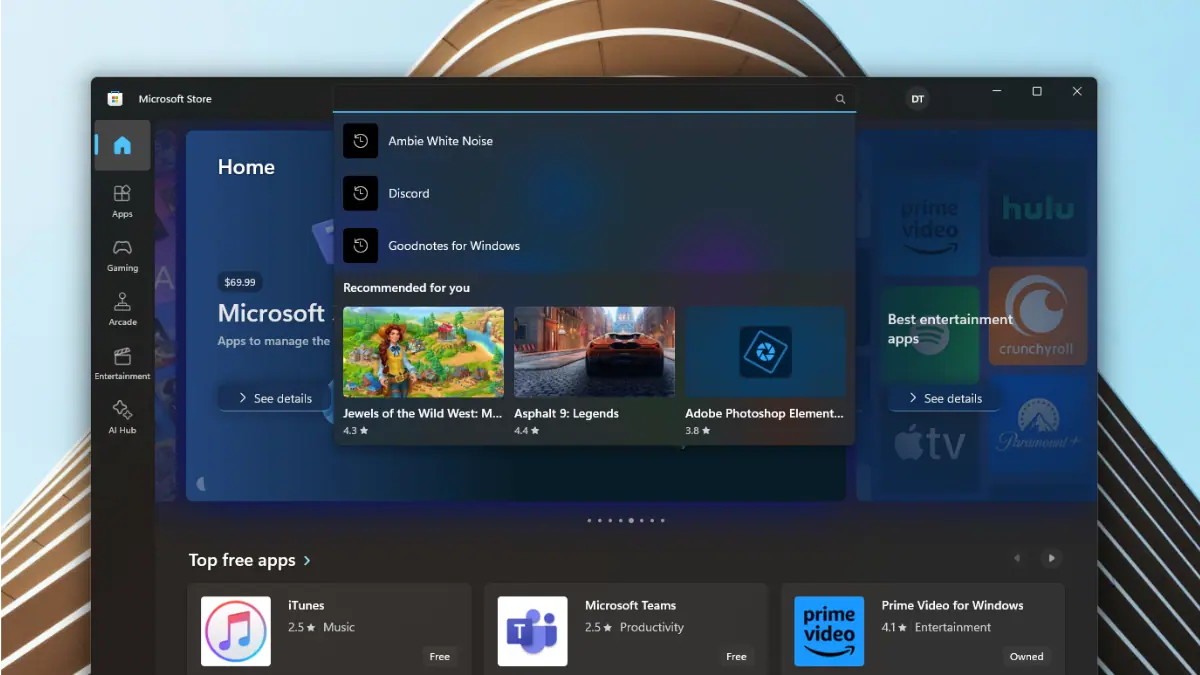Microsoft has found a way to double the HoloLens Field of View
3 min. read
Published on
Read our disclosure page to find out how can you help MSPoweruser sustain the editorial team Read more

The main issue with the Microsoft HoloLens is its limited field of view, dictated by the physics of the technology used.
Microsoft writes that to enable the use of internal reflection in the waveguide they are forced to limit themselves to a range of exit angles of around 35 degrees, which dictates the subsequent field of view of the hologram as seen by the user.

In accordance with certain embodiments of the present technology, an optical waveguide includes at least two intermediate-components, each of which is used to support a different part of a FOV. More specifically, the input-coupler is designed to diffract light in at least two different (e.g., opposite) directions in order to guide light corresponding to an image to different intermediate-components. For example, by appropriately tuning the grating periods of the input-coupler, light corresponding to a left portion of a FOV is steered to a left intermediate-component, and light corresponding to a right portion of the FOV is steered to a right intermediate-component. Additionally, grating periods can be appropriately tuned so that part of the FOV (e.g., a central portion of the FOV) that is not to be steered to either of the left and right intermediate-components goes to an evanescent diffraction order that does not carry any power. More generally, through proper design and placement of an input-coupler and proper placement and design of two or more intermediate-components, different parts of a FOV can be guided in different directions. Such embodiments can provide two significant advantages. First, such embodiments can provide for a total diagonal FOV that is very large, even though each of the intermediate-components individually support a relatively smaller FOV (e.g., a diagonal FOV of no more than about 35 degrees). Additionally, since only a desired part of a FOV is guided in each of the different directions, there can be significant power savings (e.g., of up to 50%). Demonstrations of embodiments of the present technology have shown that such embodiments can be used to obtain a diagonal FOV of up to about 70 degrees, where the index of refraction of the bulk-substrate of the optical waveguide is about 1.7 (i.e., nl ~ 1.7). Accordingly, it has been demonstrated that embodiments of the present technology can be used to double the diagonal FOV, compared to the FOV that could be achieved using the exemplary waveguide 100 described above with references to FIGS. 1A, IB, 1C and 2. Through proper design, embodiments described herein can be used to provide even larger FOVs of up to about 90 degrees. It is noted that the term FOV, as used herein, refers to the diagonal FOV, unless stated otherwise.
If you understood everything you may also be an Optical Engineer like Tuomas Vallius, the lead inventor. The main point, however, is that Microsoft has demonstrated the technology in actual hardware and that the solution is more than theoretical. Hopefully, this is the breakthrough Microsoft needs to let them launch the second generation of HoloLens hardware.
The patent was filed internationally in April 2017 and can be seen here.








